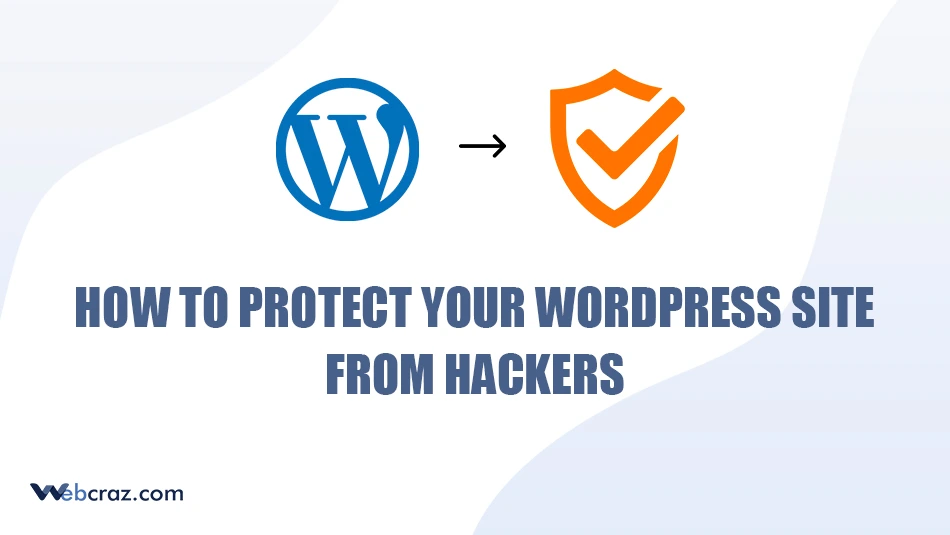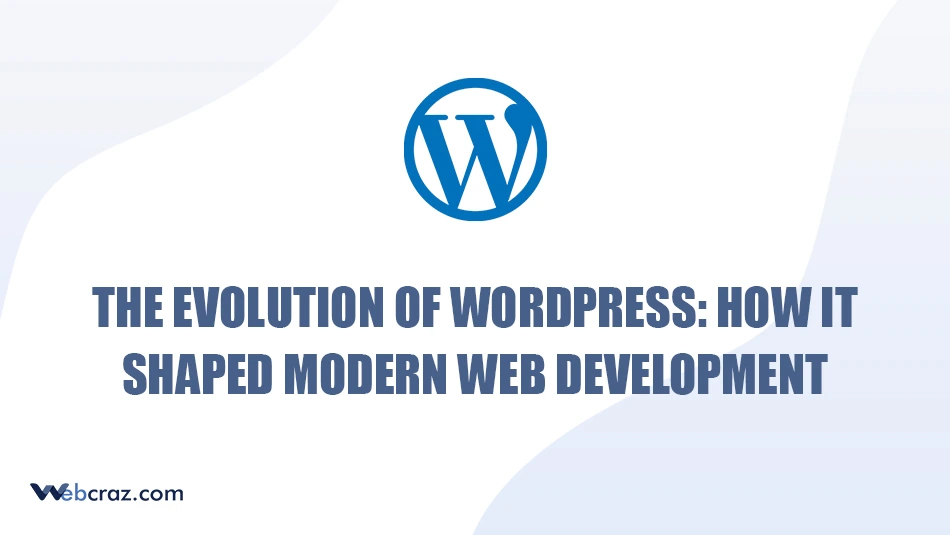WordPress powers over 40% of websites worldwide, making it a prime target for hackers. If you own a WordPress site, security should be a top priority. In this guide, we’ll walk you through essential steps to safeguard your site from cyber threats.
Keeping your WordPress core, themes, and plugins updated is crucial. Outdated software is one of the most common entry points for hackers. Enabling automatic updates can help, but always test updates on a staging site before applying them to your live site.
Using strong login credentials can prevent brute-force attacks. Hackers often attempt to guess login details, so it’s important to use strong, unique passwords and change the default “admin” username. Limiting login attempts and enabling two-factor authentication (2FA) adds an extra layer of security.
Installing a security plugin can greatly enhance your site’s defense. Popular choices like Wordfence, Sucuri Security, and iThemes Security provide essential features such as firewalls, malware scanning, and brute-force attack protection.
A Web Application Firewall (WAF) filters out malicious traffic before it reaches your website. Cloud-based firewalls like Cloudflare and Sucuri offer excellent protection, while application-level firewalls like Wordfence provide additional layers of security.
Choosing a reliable hosting provider with strong security measures is essential. Look for hosting services that offer regular backups, free SSL certificates, server-side firewalls, and malware scanning. Managed WordPress hosting providers like Kinsta, SiteGround, and WP Engine include built-in security features.
SSL encryption is another important step in securing your WordPress site. An SSL certificate encrypts data transferred between users and your site, preventing hackers from intercepting sensitive information. Most hosting providers offer free SSL certificates through Let’s Encrypt.
Disabling XML-RPC can help mitigate certain security risks. XML-RPC is often exploited for brute-force attacks, so if you don’t need it, disable it by adding a simple code snippet to your .htaccess file or using the Disable XML-RPC plugin.
Regular backups ensure that you can quickly restore your site in case of an attack. Use backup solutions like UpdraftPlus, VaultPress (Jetpack Backup), or BlogVault. Automating backups and storing them in a secure location such as cloud storage or offsite servers is highly recommended.
Limiting user access and permissions is another key step in protecting your site. Not all users need full access, so assign roles wisely. Remove inactive users and use logging tools to monitor user activities.
Scanning for malware and security vulnerabilities should be a routine task. Tools like Wordfence, Sucuri SiteCheck, and MalCare can detect and remove potential threats, keeping your website secure.
Protecting your WordPress site requires proactive measures, including updates, strong passwords, firewalls, backups, and security plugins. Implement these steps today to keep hackers at bay and ensure your website remains safe and secure.
Need help securing your WordPress site? Contact WebCraz for expert WordPress security services!


